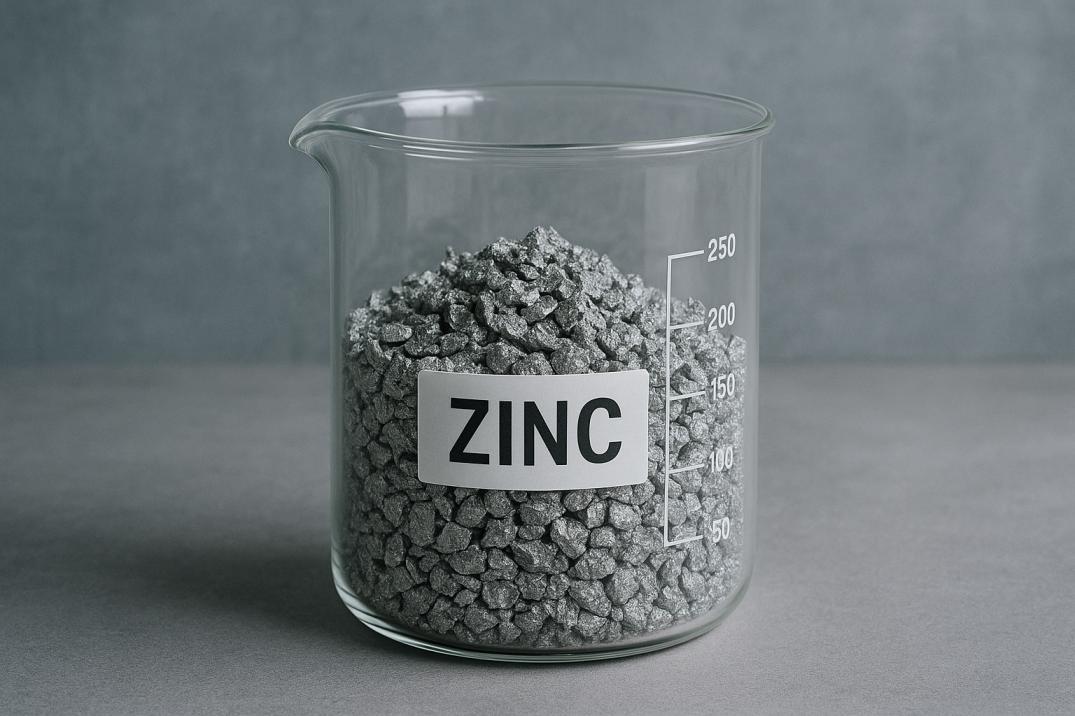Zinc leaching in IVF glassware may be silently compromising embryo development. A groundbreaking study reveals that trace amounts of zinc, released from laboratory containers, can disrupt embryo growth during in vitro fertilization (IVF), prompting concerns about standard lab practices worldwide.
How Zinc Leaching in IVF Glassware Happens
Researchers from Kindai University and collaborating institutions have identified that certain borosilicate glassware used during IVF procedures can leach zinc into culture media, adversely affecting embryo development. Although glass is often considered chemically inert, testing revealed that measurable zinc levels can accumulate in embryo culture solutions over time.
This previously unrecognized contamination source could partially explain inconsistencies in embryo quality observed across different fertility laboratories.
Why Zinc Leaching in IVF Glassware Affects Embryos
A peer-reviewed study published in the journal Biology of Reproduction showed that exposure to zinc interfered with normal embryonic development in mouse, bovine, and even human embryos. Key findings included:
- Delayed cell division
- Disrupted chromosome segregation
- Abnormal cytokinesis (cell division)
- Impaired zygotic gene activation
The study revealed that these effects varied by species but were consistently damaging, raising red flags for human IVF practices.
“These findings challenge long-held assumptions about the safety of commonly used lab materials,” said Dr. Toshihiro Yao, lead researcher. “Even minor leaching from glassware can have major implications for embryo viability.”
Can EDTA Prevent Zinc Leaching in IVF Glassware?
To counteract zinc’s toxic effects, researchers tested two mitigation strategies:
- Pre-washing or thoroughly cleaning glassware before embryo culture
- Adding EDTA (ethylenediaminetetraacetic acid) to the embryo culture medium
EDTA, a known chelating agent, binds free metal ions like zinc, rendering them biologically inactive. When added to the culture media, EDTA significantly improved embryo survival and development rates, even when zinc contamination was present.
This suggests that EDTA supplementation—or choosing non-glass materials—could help IVF labs mitigate these hidden risks.
Clinical Implications of Zinc Leaching in IVF Labs
This study is the first to comprehensively link zinc leaching in IVF glassware with developmental failure in multiple species. Its results suggest even small levels of contamination can have outsized biological effects, especially during early embryogenesis.
As IVF success relies heavily on optimizing culture conditions, this discovery urges fertility clinics to reconsider the materials they use. Despite glassware’s benefits—transparency, sterilizability, and reusability—it may no longer be the safest choice for embryo culture.
Clinicians and embryologists can find implementation guidelines and lab innovation strategies at InnovateMed.org, a platform for emerging best practices in reproductive medicine.
Conclusion
Zinc leaching in IVF glassware is a subtle but significant risk factor for impaired embryo development. This newly identified issue highlights the importance of scrutinizing every material used in assisted reproduction. The integration of chelating agents like EDTA or switching to alternative materials may improve IVF outcomes and embryo viability.
For patients undergoing IVF, these insights shed light on why


